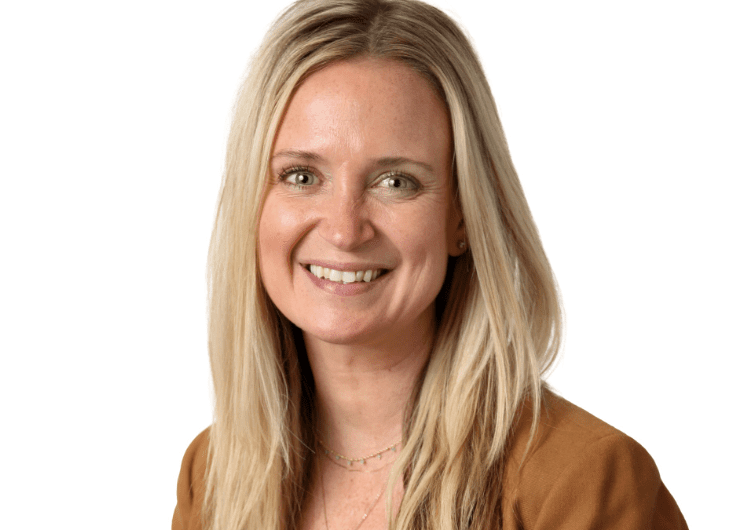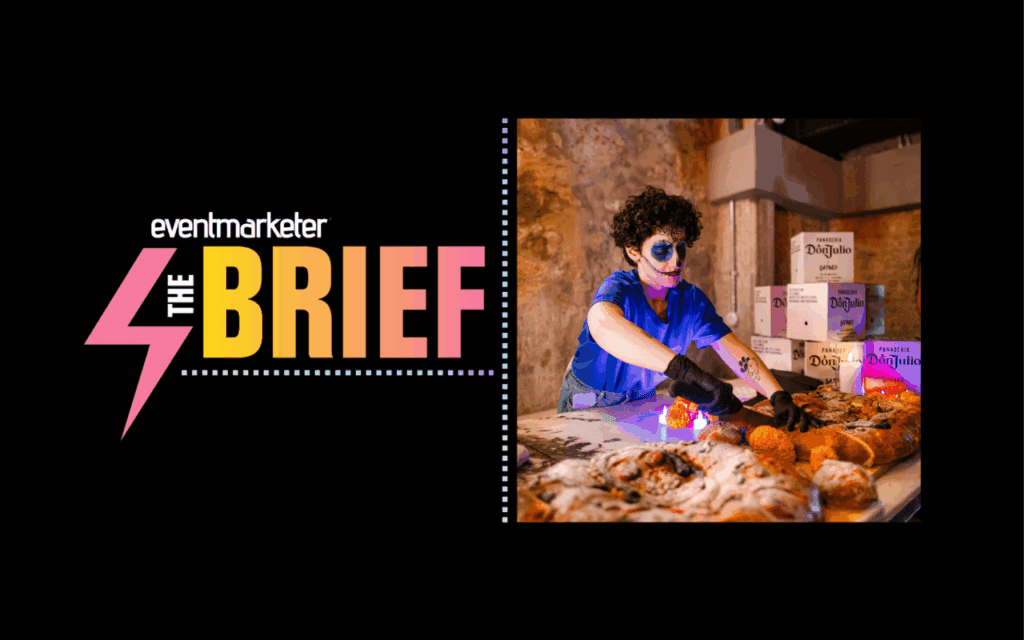After dropping off by six percent in 2001, spending on in-store services gained ground last year, jumping 2 percent to $867 million, despite a weakened economy and talk of war.
“After being sidelined for a year, in the fourth quarter a lot of companies realized it was time to get back moving again,” says Bill Carmody, chief marketing officer at Seismicom, San Francisco.
And as the pace picks up, customized campaigns are all the rage as fine tuning the message to specific customer wants and needs gathers a heady burst of steam. “Customized campaigns are incredibly hot and getting hotter every day,” says David Diamond, president of Catalina Marketing Emerging Businesses, St. Petersburg, FL. “In fact, the gradual evolution [of messages] from totally mass, to somewhat customized, to highly customized and individualized, continues at a relatively rapid pace.”
Loyalty programs, such as the frequent shopper programs that target specific sets of shoppers like new homeowners or cat lovers, are not only gaining in popularity but are looked at as key segments to drive sales and earn customer devotion going forward. “Over the last year, manufacturers, and particularly retailers, are taking a variety of steps to make their loyalty programs far more effective, far more targeted and far more sophisticated,” Diamond says. “We see loyalty programs as a prime driver for the industry in the future.”
Peter Breen, managing director of In-Store Marketing Institute, Larchmont, NY, also sees loyalty programs not only moving to the forefront, but evolving to cross a wide variety of customer interests, not just discounts. “More of the frequency programs are less about price discounts,” he said. “(Marketers) will now develop community programs to work with the stores, like working toward discount tickets to a theater or sporting event.”
Store-based media also gained some respect. Safeway is carrying plasma screens in many of its stores, says John Rand, senior analyst and grocery team leader at Management Ventures Inc., Boston. “[The screens] have ads and recipes that were placed by them and their vendors,” he said.
And Wal-Mart’s in-store broadcast network gained prominence in 2002 and was doing well selling ad space, adds Breen.
Spending on in-store services is likely to include new types of event marketing, such as immunization clinics at drug stores.
“These services have become platforms,” Rand says. “Instead of (the promotion) being driven by product, they’re driven by services.”
How consumers viewed in-store promotions changed too, says Steve Bullock, senior VP at Frankel & Co., Chicago. “I would say promotion is not necessarily getting people to spend more but it will get them to try things that are new.”
He cited McDonald’s in-store work to simplify its menu board. “It had a big impact,” he says. “If you figure people have four-to-eight minutes to make a decision, the first stimuli is critically important. Things like that are not the sexiest thing on the planet, but they can be very critical.”
For 2003, PROMO foresees a slight increase of 1 percent for spending on in-store services.
“I think there will be an uptick in the in-store channel and on promotion in general,” Frankel’s Bullock says.
IN-STORE SNAPSHOT
total spent in 2002: $867 million
Spending on in-store services rose 2 percent in 2002
Customized campaigns are increasingly popular
Loyalty programs keep customers coming back for more




